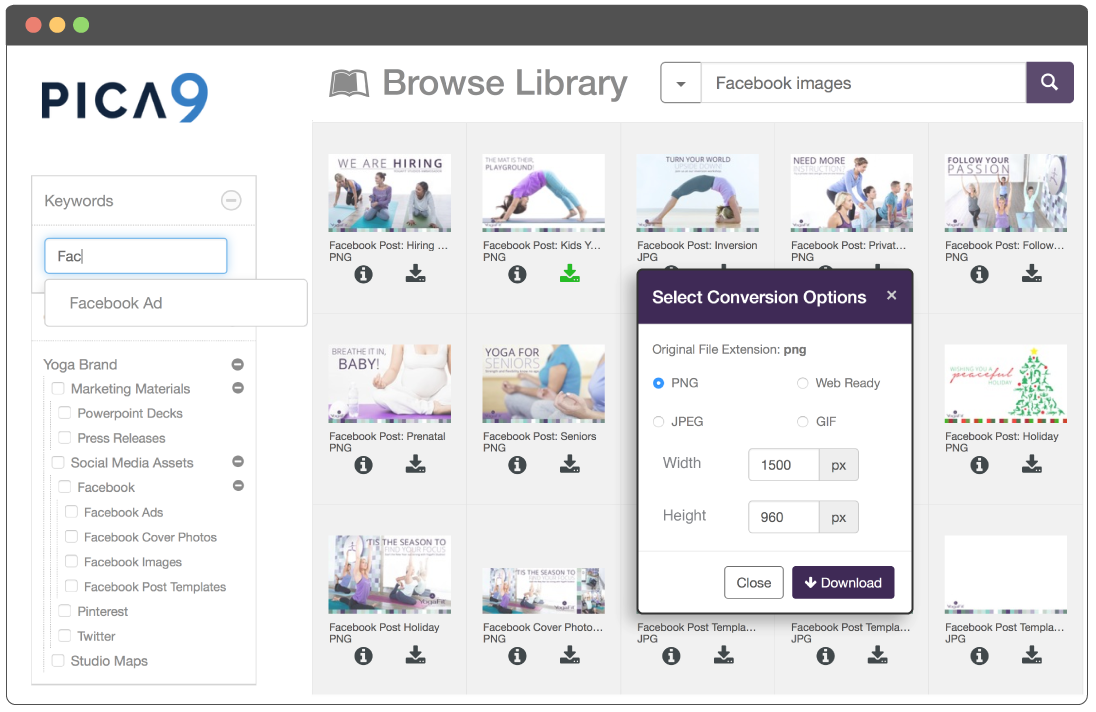Your customer-success manager is here to make you, not just your company, successful. This article outlines best practices and most effective processes you should expect from your CSM; Are you getting the value you deserve from your vendor relationships?
Software-as-a-Service (SaaS) is like a gym membership. You get all the benefits of owning the equipment with none of the headache. Just a small (or not so small) monthly fee gets you access to all the gym has to offer whenever you want, but you don’t have to find a place for it in your home, maintain and service it, or put out a huge outlay of cash to purchase it all.
That means you can easily leave your gym whenever you want…and you will if you aren’t getting value. Gym members can leave for many reasons (poorly maintained equipment, dirty locker rooms, too many people hogging machines, not enough classes, lack of results, etc.), and it’s up to the owners of the gym to prevent that from happening.
SaaS is no different. Businesses no longer need to buy expensive hardware to host and maintain even more expensive perpetual-licensed software. Just sign that MSA, get your user credentials, and you are ready to go. Your software provider takes care of ensuring the system is available and working properly every day, and you benefit from any changes in the service in real time.
Like the gym membership, though, the cost to subscribe to a SaaS solution is low enough (compared to the perpetual-licensed counterparts), that it is easier than ever for a company to choose to leave one SaaS provider for another.
So, what does that mean?
SaaS providers have to be maniacally focused on your success within their solution. Products need to be intuitive, easy to use, and aligned with your business needs, for sure. That is not always enough though. They also have to be proactive in helping you get the results you need from the system, drive end-user adoption, and evolve and integrate your business processes to ensure success. That’s where the Customer Success team comes in.
Here are 6 things your Customer Success Manager (CSM) should be doing with and for you. If they are not, you should ask if they are the right business partner for you.
1. Understand your short and long-term business goals and objectives
The role of the CSM is to ensure customers are successful. Its right in the name, for crying out loud! There should be no question of the motivation or responsibility. So, the CSM must ensure that they understand what drove you to sign on as a customer: What were the business drivers that resulted in your decision? They also need to understand the specific goals you are trying to achieve in both the short term and the long term.
With that foundation, the CSM help you how to apply best practices to meet your goals. They can share with you techniques and approaches that will drive end-user adoption and ensure that you understand which capabilities in the product will help you meet your goals the fastest.
2. Understand how each key stakeholder views success and how success is measured
At the end of the day, the CSM is here to make you, not just your company successful. I have gone so far as to ask key stakeholders, “How can I help you get a promotion?” Understanding the motivations of each stakeholder will help your CSM ensure that the results are beneficial to each individual personally, which can only help deepen relationships and drive results. Knowing motivations and personal goals also allows the CSM to understand, when conflict arises, how to help you and your team find solutions that benefit everyone whenever possible. Don’t be afraid to answer that question if you are asked. The more the CSM knows, the more she can help you.
3. Work with you to develop strategies and plans to meet your business objectives through the SaaS solution
Now that your CSM has an understanding of the key business objectives and the goals of each stakeholder, they are ready to sit down with you to develop plans to help you get there. You know your business better than anyone, but your CSM has the benefit of working with multiple customers through a variety of situations and challenges. They can bring those experiences to you, helping you avoid mistakes of others and take advantage of some of their successes.
In the early day, plans may center around user adoption and having some quick wins to show management that you are heading in the right direction. As your program evolves, your CSM will work with you to advance your use of the product capabilities, enabling you to achieve bigger wins for your company, your users, and yourself.
4. Conduct regular business reviews to evaluate progress of key goals and to mature your use and adoption of best practices
Someone once told me, “If you don’t measure it, it’s just one man’s opinion.” I believe that wholeheartedly, and that is why I expect my CSMs to conduct regular business reviews during which we review the challenges and successes since the last review, set concrete and measurable goals for the coming period, and ensure you have a clear understanding of our product direction and how to take advantage of recent or upcoming product enhancements.
Taking this approach allows your CSM to work proactively with you to ensure that you are applying the right focus to the important concepts and plans that drive real growth and improvement for your business, not just the day-to-day, urgent, and tactical things that keep us all busy.
Setting goals, working in partnership to achieve them, reviewing progress regularly, and escalating or adjusting when things go off track are all critical to long-term success. Your CSM should be working with you to get there.
5. Advocate for you internally.
While the Customer Success team is responsible for ensuring the success of each customer, making customers successful is a shared responsibility across the entire business. Finance needs to have business terms and invoicing processes that are easy to manage. Sales needs to set the stage for successful long-term relationships. Marketing needs to provide tools for all customers to understand and realize value throughout the relationship, and Product needs to provide intuitive, easy to use products that meet the needs of the market.
Your CSM is your link to the rest of the organization and ensuring your voice is heard. They are responsible for keeping you abreast of and mapping the product roadmap to your business objectives. They are also responsible for bringing your needs and ideas back to product management, engineering and the rest of the company.
6. Educate you on changes to the product and how you will benefit.
SaaS and Agile development practices have accelerated the rate of change in today’s software solutions. Some companies’ work in weekly sprints, releasing code each week to fix a bug, add a new feature, or update and change an existing feature. Pica9 works in 2-week sprints, but we release new code twice per week.
The CSM should be closely connected to the product management team and have a deep understanding for code changes that are coming. They should work with you to give you a heads up regarding the smaller items and spend more time digging in with you to understand the business implications of the larger changes. There should be no surprises, and, where ever possible, your CSM should work with you to develop a plan to get the most value from the changes and enhancements being made on an ongoing basis.
Software is never perfect, and technology can fail. Great technology companies have the systems and processes to limit the imperfections and failures to the bare minimum. World-class technology companies work with you, through the Customer Success team and the rest of the organization, to partner with you through the challenges and to ensure you receive the value promised.




